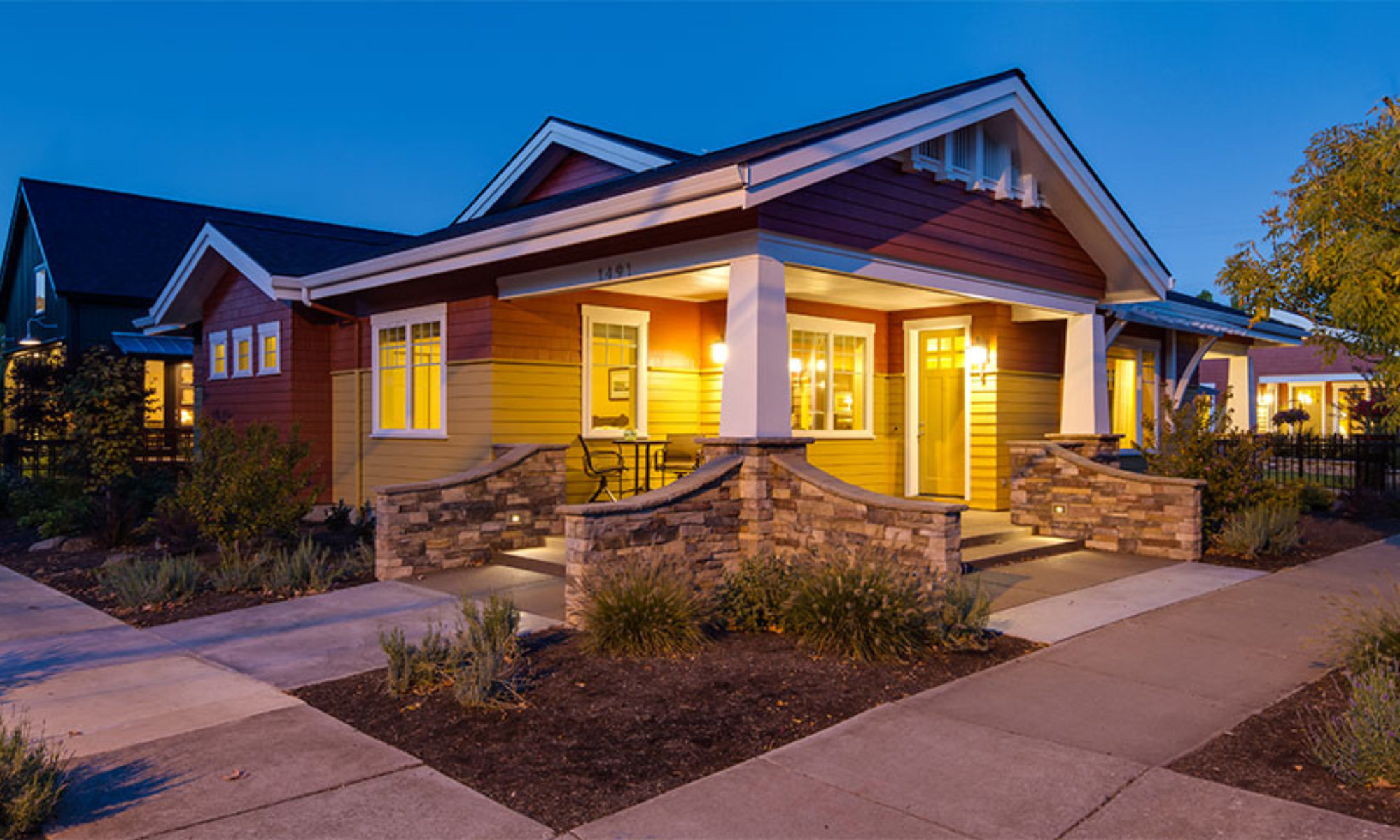
I actually thought I’d do one post on the apartment, then move back to the house. But it’s been amazing to my wife and I how many people are raising and eyebrow, asking, questioning, skeptical that we could go from a 2,750 sq ft home to a 950 sq ft apartment with little adjustment. So as I sit on my leather sectional sofa, blogging on my laptop via wi-fi and sip my mocha made with my own espresso machine, let’s take a little perspective-check.
We loved our home. It worked well for us as the kids grew up and served us well. The yard was awesome. But since the kids moved out, we really were only living on the main floor, which was about 1,800 sq ft. So the transition to the apartment was easier.
What seems interesting to me is the underlying, pervasive idea that more or bigger is necessarily better. As Americans, we seem to think that bigger cars are better (look how much larger a 2014 Honda is than a 1985 Honda), bigger houses are better (the AVERAGE new home size in the U.S. is now 2,500 sq ft), etc.
To which I say: “How much is enough?”
That phrase became apparent to us in recent weeks and maybe I’ll blog on that someday. But really, we are so blessed to be living in a 950 sq ft, 2-bedroom apartment that a good share of our furniture fits and is a standard of living that is STILL better than probably 90% of the world (i.e. running/clean/hot water, dishwasher, microwave, heat and electricity).
I can honestly say after this first week, we are enjoying this part of our adventure. The house construction is coming along well (more on that later) and we’re totally stoked about this part of our journey. So don’t think we’re covering anything up when we say we are enjoying our life in our “little” apartment. The average HOME in the U.S. just 60-70 years ago was smaller than this.









